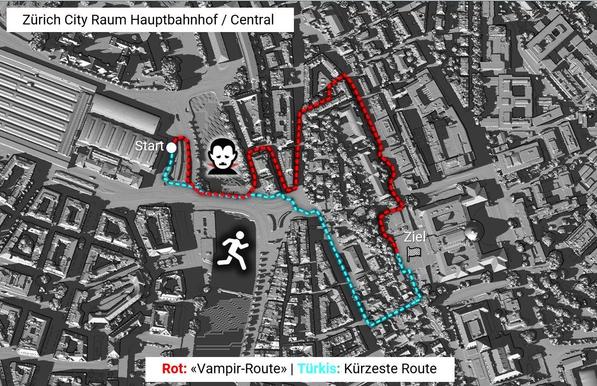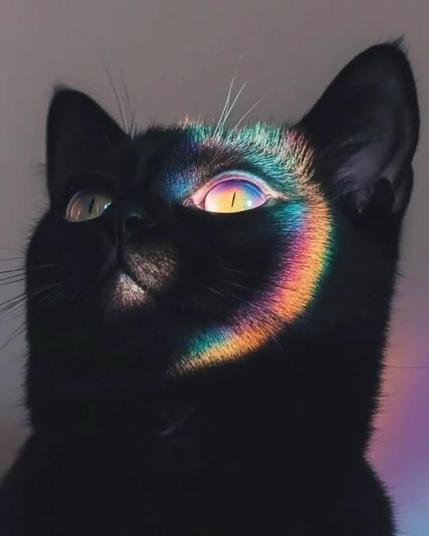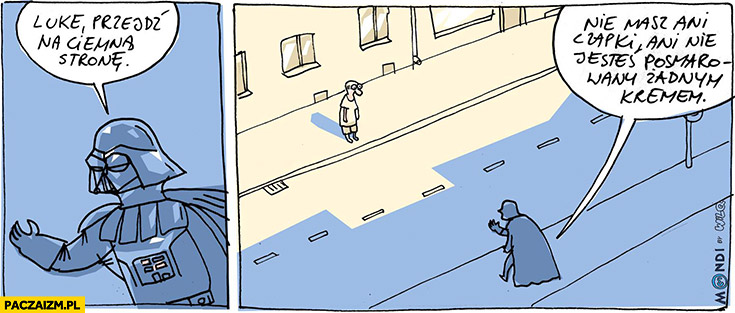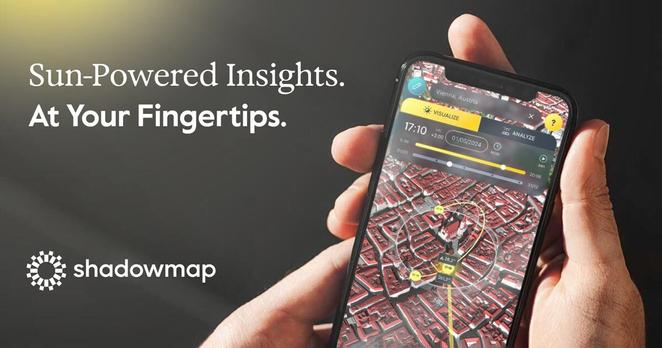Verification of Payee
Ab Oktober 2025 wird die EU-Verordnung „Verification of Payee“ (VoP) wirksam, die einen IBAN-Abgleich mit dem Zahlungsempfänger bei SEPA-Überweisungen vorschreibt. Diese Neuerung soll den Zahlungsverkehr sicherer machen und Betrug verhindern. Erfahren Sie, was Sie tun müssen, um sich vorzubereiten – von der Prüfung der Stammdaten bis zur richtigen Kommunikation mit Ihren Kunden. Verstehen Sie die praktischen Auswirkungen und Haftungsfragen im Falle von Falschüberweisungen.







